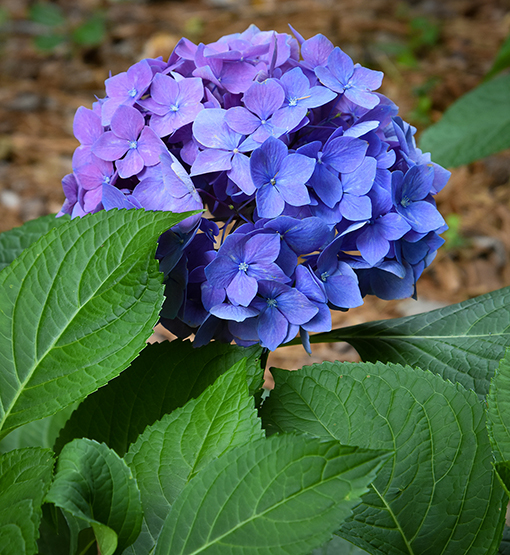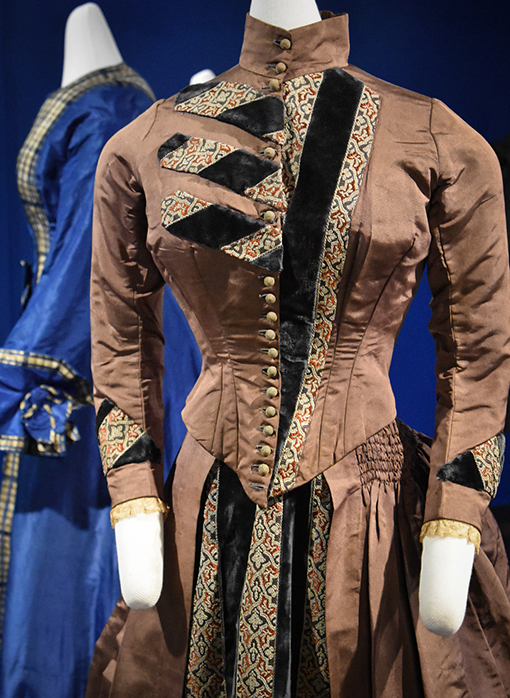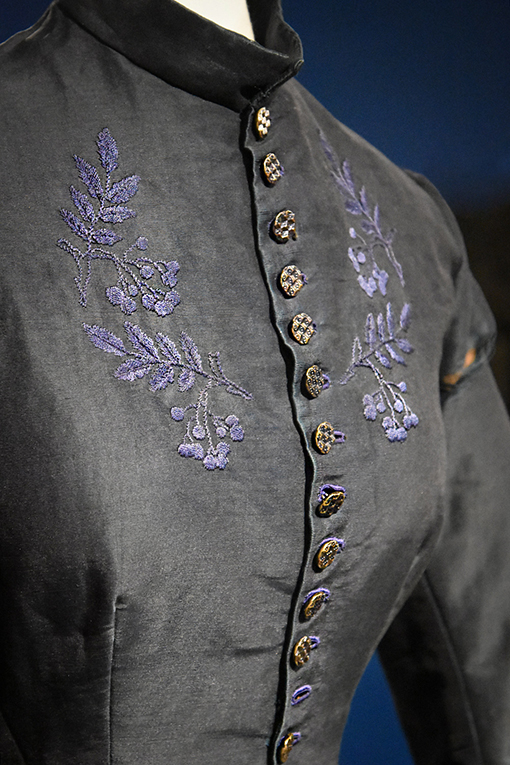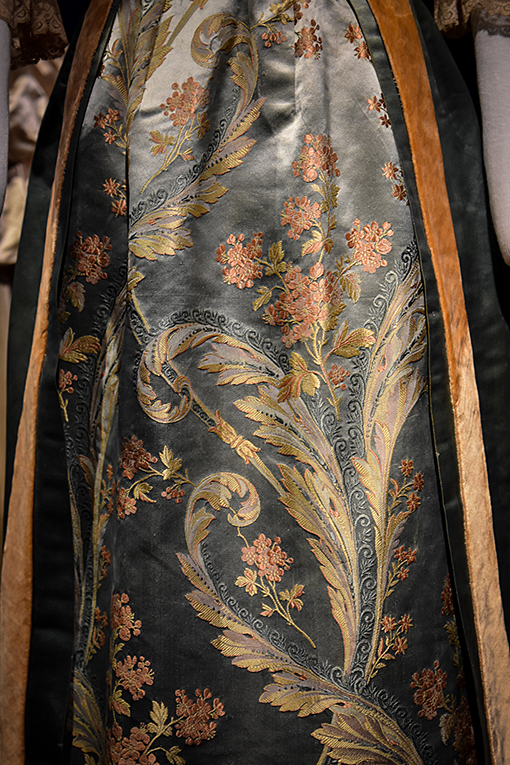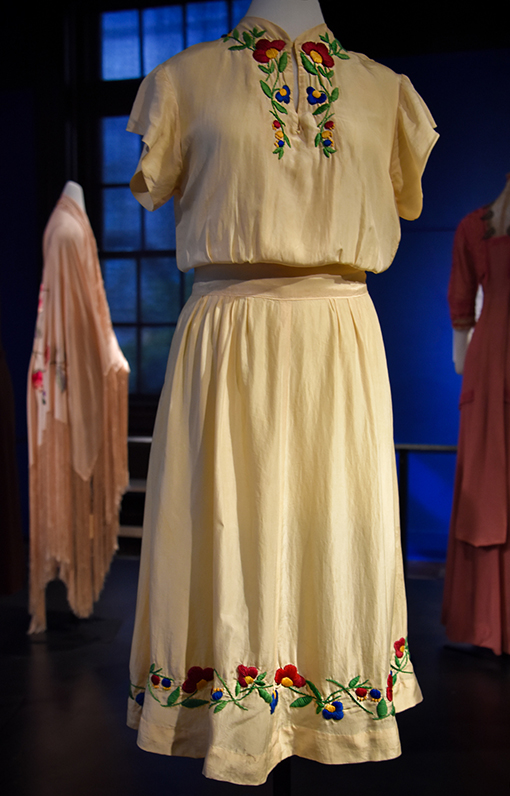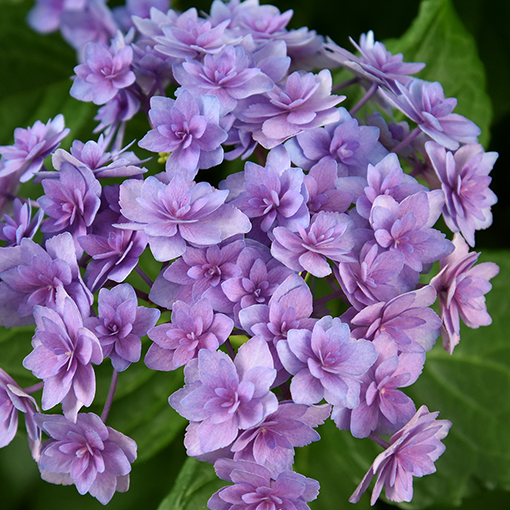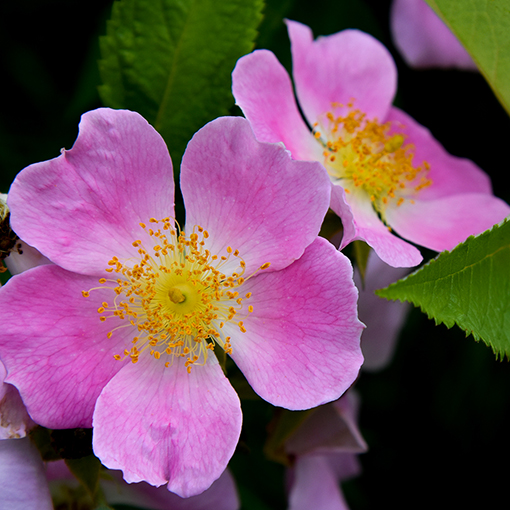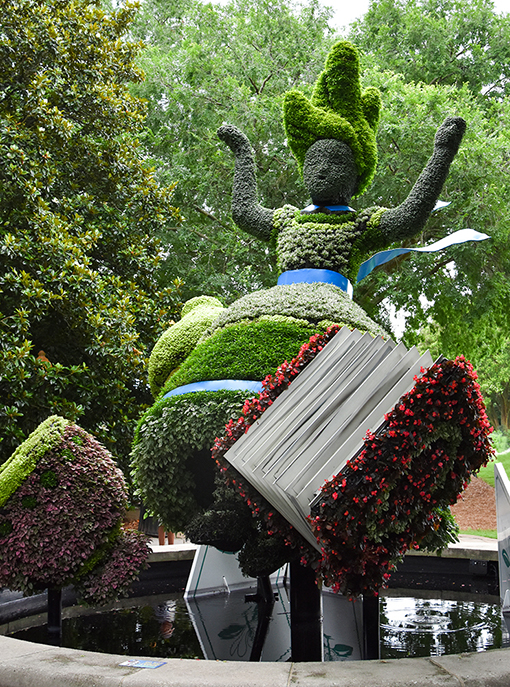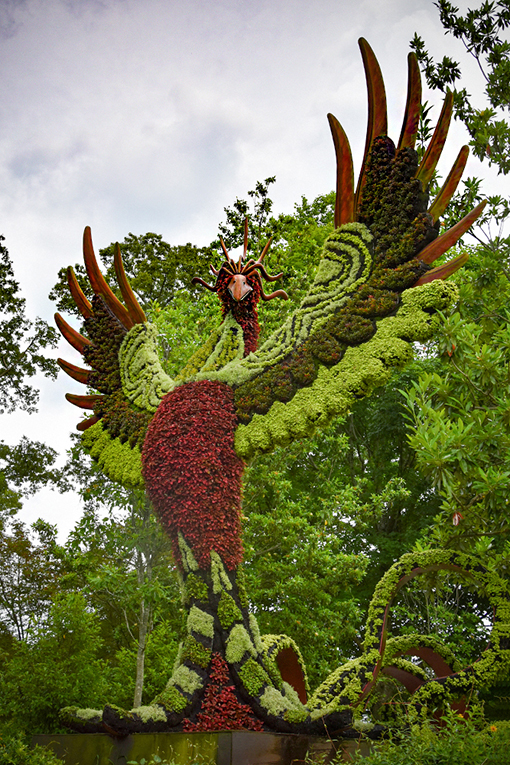Only an hour from downtown Atlanta is "New Echota", the last Cherokee Nation capital east of the Mississippi River. It's the site of some magnificent feats and horrible tragedy.
 |
| New Echota | Photo: Travis Swann Taylor |
This place is quite special to me personally. My maternal grandmother and great grandmother were born on the Cherokee Reservation in North Carolina. Growing up, my Cherokee grandmother was the only grandparent I had and I loved our visits together. She passed away a number of years ago, but I still think of her often.
Visitors to New Echota State Historic Site are welcomed through a gateway of two red brick pillars topped with a horizontal block of rough granite polished on one side that's engraved with "New Echota" in the Cherokee alphabet.
It was here that the Cherokee, for many years, made a valiant attempt to adapt white culture into their own. They developed a written alphabet, the first of any Native American Indian tribe. They created and printed a dual-language newspaper for years in New Echota. And this is where the Trail of Tears began.
 |
| New Echota | Print Shop | Photo: Travis Swann Taylor |
New Echota's first Council meeting was held in October 1819. In November 1825, the Cherokee Council passed a resolution naming New Town as the capital of the Cherokee Nation. It was later named New Echota for one of their beloved cities named Chota.
The next February, they divided the new capital into a series of streets and 100 one-acre lots. Main street was to be 60-feet wide with other streets at 50-feet wide. The two-acre Town Square would be flanked by the Council House, Printing Office, and the Supreme Courthouse. Their new capital was taking shape.
The Cherokee Phoenix newspaper, first published in December 1828. The print shop (pictured above) produced 700,000 broadsheets, religious tracts, government documents, and newspapers. The Cherokee Phoenix was published in English and Cherokee.
Around 1809, Sequoyah, began development of the Cherokee written language. His syllable-based alphabet of 86 characters was completed in 1821 and adopted by the Cherokee Council in 1826. The Cherokee Phoenix was distributed throughout the Cherokee Nation, parts of the United States, and Europe.
 |
| New Echota | Print Shop | Photo: Travis Swann Taylor |
Content of the newspaper ranged widely, but extensive coverage was given to the 1830 Indian Removal Act and two U.S. Supreme Court cases affecting Cherokee rights—the Cherokee took the U.S. government to court!
On display in the reconstructed print shop is a circa 1870 printing press. When the lands at New Echota were excavated in 1954, more than 1,500 pieces of lead printing type were found. Inside the Visitor Center is an interactive station where you can explore the Cherokee alphabet!
The last edition of the Cherokee Phoenix and Indian's Advocate (name changed in 1829) was published on May 31, 1834.
 |
| New Echota | Worcester House | Photo: Travis Swann Taylor |
The Worcester House is the only surviving original building in New Echota. The others on the site, a mere sampling of the once bustling town, are recreations.
In 1827, Rev. Samuel A. Worcester moved to New Echota and worked closely with Cherokee leaders help establish the print shop. He also served as the town's minister, schoolmaster, and postmaster. Worcester's family lived on one floor and visitors, missionaries and otherwise, stayed on the other floor—thus the external stairway, giving visitors a private entrance to the house.
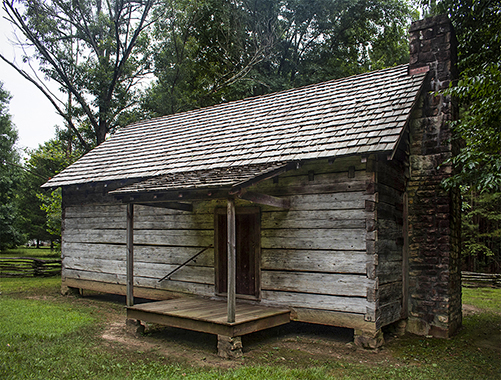 |
| New Echota | Dwelling House | Photo: Travis Swann Taylor |
This house is a typical dwelling for a "middle class" Cherokee. The furnishings were sometimes exactly what you would find in a white home and others contained a combination of white and Cherokee furnishings, including hand-made Cherokee items. The 1835 Cherokee census indicated that more than 90 percent of Cherokees lived in dwellings similar to their non-Indian neighbors.
 |
| New Echota | Dwelling House | Photo: Travis Swann Taylor |
The typical Cherokee farmer tilled an average of 11 acres of land. There were common outbuildings, including corncribs and barns, as well as smokehouses and potato houses. In 1835, Cherokee farmers were growing 80,000 peaches, apples, plums, pears, and quince, with the leading fruit crop at 60,000...peaches!
The most favored peach was the Indian Blood Peach, referred to as the "Black Plum Peach of Georgia" by Thomas Jefferson.
 |
| New Echota | Supreme Courthouse | Photo: Travis Swann Taylor |
Some Cherokees believed that removal was inevitable. Led by Mayor Ridge, John Ridge, and Elias Boudinot, twenty Cherokee signed the Treaty of New Echota on December 29, 1835, at the home of Boudinot. The treaty relinquished all Cherokee land in the east in exchange for $5,000,000 and a tract of land in what today is Oklahoma. Most Cherokee considered the document as fraudulent since the Cherokee Council had not approved it.
Congress ratified the treaty and President Andrew Jackson signed it into law. In 1838, the U.S. government used the treaty as legal justification to forcibly evict the remaining 15,000 Cherokee remaining in the east.
"We will make and sign this treaty...we can die, but the great Cherokee Nation will be saved." - Elias Boudinot
On June 29, 1838, Elias Boudinot, Jayor Ridge, and John ridge were killed in retaliation of loss of homes and the death of family members as a result of signing the Treaty of New Echota. Elias Boudinot had also been an editor for the Cherokee Phoenix.
 |
| New Echota | Supreme Courthouse | Photo: Travis Swann Taylor |
Many Cherokee had already moved west, before the President Andrew Jackson encouraged Congress to pass the Indian Removal Act in 1830, there was demand by Georgians for land and THEN gold was discovered on Cherokee land, increasing non-Indian support of relocating the Cherokee people.
In May of 1838, 7,000 federal troops and state militia were ordered to remove Cherokees from their homes, placing them in a series of stockades.
 |
| New Echota | Council House | Photo: Travis Swann Taylor |
Thousands of Cherokees were held in removal camps where many grew sick and many died. The final leg of Indian removal began in October and November 1838 when Cherokees left by wagon, horseback, or on foot on an 800 mile route through Tennessee, Kentucky, Illinois, Missouri, and Arkansas, arriving in the early months of 1839, but not before thousands (one out four) had died of disease, exposure, and sickness. This atrocity is commonly known as the Trail of Tears.
 |
| New Echota | Council House | Photo: Travis Swann Taylor |
Throughout the recreation of New Echota, there are sound boxes—as there are in many museums and attractions—but these are not powered by electricity, but by hand crank devices. Follow the directions on how to charge the box and then press the buttons to listen to the various descriptions of what you're seeing. There are also printed placards throughout the former capital.
 |
| New Echota | Cherokee Indian Memorial | Photo: Travis Swann Taylor |
There's so much more to learn about New Echota here at the New Echota State Historic Site! What I've shared here is the tip of the iceberg. I do recommend beginning in the Visitor Center to orient yourself for what you're about to see. While this site explores one of the darkest chapters in American history, I believe it important to learn the history, so as to never tolerate it happening again.









